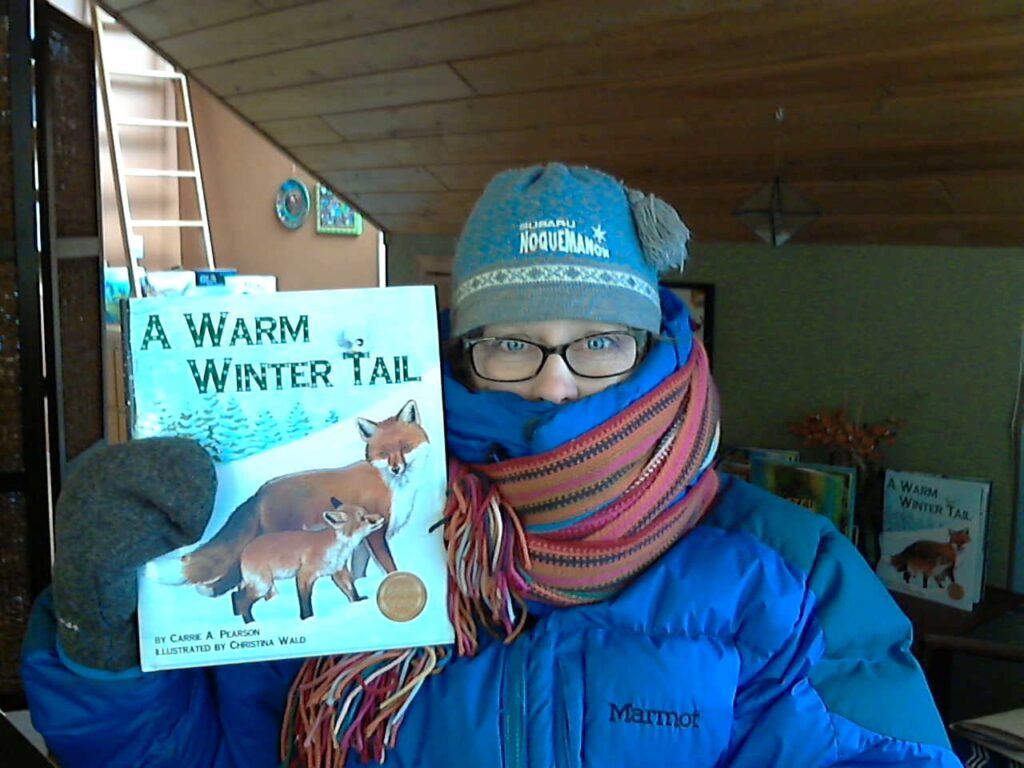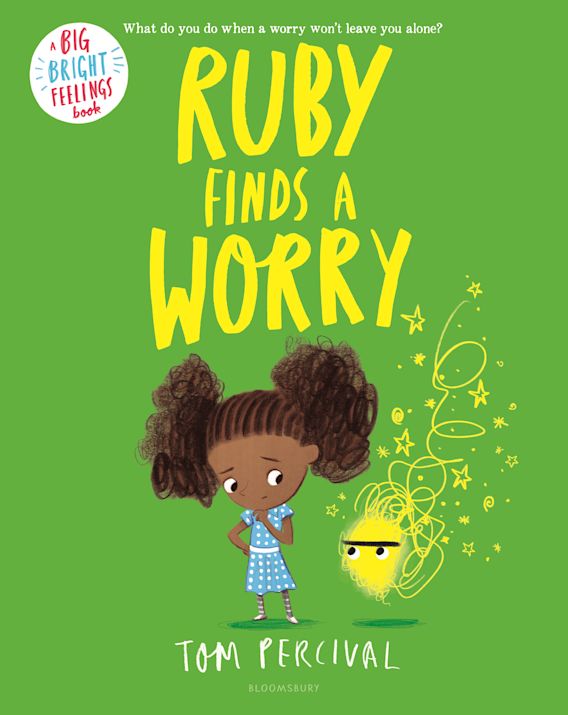 Unless we are involved in creating a book, we’ll never know all the twists and turns the book took to live on a shelf. I thought it might be interesting to share the journey story of REAL PRINCESSES CHANGE THE WORLD. Following is an interview from the SCBWI Michigan Mitten blog series, Book Birthdays. The interview was posted on the book’s release date (April 11, 2023) but the journey hasn’t changed 🙂
Unless we are involved in creating a book, we’ll never know all the twists and turns the book took to live on a shelf. I thought it might be interesting to share the journey story of REAL PRINCESSES CHANGE THE WORLD. Following is an interview from the SCBWI Michigan Mitten blog series, Book Birthdays. The interview was posted on the book’s release date (April 11, 2023) but the journey hasn’t changed 🙂
PS. The Mitten Blog is a great place to read lots of journey stories by creators of great books for children. If you need a dose of inspiration, check it out.
REAL PRINCESSES CHANGE THE WORLD BOOK BIRTHDAY BLOG
How did you get the idea for your book?
The idea for this book was born about 20 years ago when our daughters were 8, 6, and 4 years old. They loved to pretend and dress up. One of their favorite scenarios was “princess,” mostly adapted from Disney characters. While I applaud Disney’s cinematography and ability to engage their audience, I always cringed when their princess characters’ behavior and costuming were un-empowering to women. Plus, all of the early Disney princesses presented as white and very young. As parents, my husband and I relied on books to provide experiences to our children outside our own bubbles. I could never find a book about real princesses for young readers. I knew princesses were not the caricature we saw, but I had no evidence.
Many years later, I started writing children’s books. I surveyed students during school visits and found that children still believed that princesses were waiting to be saved by princes, lived in castles, and wore ball gowns on the daily. With this knowledge, I pitched the concept of a children’s book about how real princesses change the world to my agent, and she loved it.
How long did it take to conduct the research for the book and were there challenges?
We submitted the book on proposal as a middle grade. But an editor at Roaring Brook Press/Macmillan asked if I’d consider writing it as a picture book. They were going for a read-alike to Chelsea Clinton/Alexandra Boiger’s She Persisted. It took me about a second to say yes, and while working up a sample for them, I realized that the job would be difficult.
I had already written and sold a picture book biography of one subject [VIRGINIA WOULDN’T SLOW DOWN! DR. APGAR AND HER LIFE-SAVING INVENTION, August 2023], so I knew how challenging it is to distill a person’s life in 1500 words or less. The PRINCESS project would require almost the same work for about 15 people and in 150 words or less each. Turns out that collective biography for young readers is challenging!
One would think it would be easy to research celebrities; for some, I could find good sources. But because these women are accomplished in several areas, I worked hard to 1) unearth current, solid research unrelated to the clothing or jewelry they wore! 2) create a unique, compelling theme for each princess based on that research.
I started researching princesses in mid-2017 for the proposal and turned in the final draft of the manuscript in mid-2021. Yes; you read that right. I wasn’t researching that whole time, but it was a large part of the project.
What is something you hope your reader will take away from your book?
I hope readers see that our caricature of others isn’t always accurate. I hope they realize that people are a diverse tapestry of problem-solvers and that we can use whatever power we have – royal or not – to make the world better.
The book enriches and supports standards for informational/nonfiction texts. It also reinforces STEM-based and other career conversations since several princesses hold professional positions (engineering, computer science, law, business, ambassador, etc.)
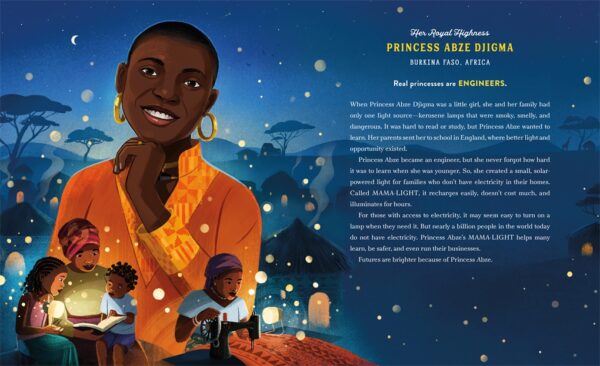
What are your marketing plans for the book?
This is my first Macmillan book, so I’m still learning the answer to this! Their publicity program includes ARC distribution and outreach to magazines, newspapers, online influencers (bloggers, BookTokers, BookTubers, Bookstagrammers), educators, and parenting influencers. My local indie bookseller, Snowbound Books, is hosting a signing and the launch will be at a 100+ year-old candy store, Donckers, in Marquette. There are Women’s History Month promotions in the works. Right now, I’m in the mode of doing whatever they tell me before it is due.?
On my end, I contracted our own Deb Gonzalez to create an educator guide, PookyHonk Productions to create a trailer, and Blue Slip Media to fill in the essential promotion gaps. It takes a village, by golly!
What’s next for you?
I’m preparing for the Apgar biography to launch in August 2023. My agent, Kelly Sonnack, is submitting a nonfiction picture book about animal gestation. [stay tuned for news!] Like all creators, I have a multitude of projects in various stages of completion, from snippets on scrap paper to final drafts. The goal is to keep writing amidst all the other book, life, and SCBWI activities!
A little bit about the book . . .
Real Princesses Change the World is an inspirational and diverse picture book profiling 11 contemporary real-life princesses and 4 heirs apparent from all around the world.
There are many ideas of what princesses are: Princesses are sweet, beautiful, and gracious. Princesses wear poofy dresses and strut about their castles. Princesses are just missing a handsome prince. But what message does that send to the children who look up to them?
This picture book compiles biographies of 11 princesses, highlighting who they genuinely are: diplomats, engineers, activists, athletes, and so much more. It focuses on their achievements and contributions, situating them as active global and local community members. This picture book takes readers on a trip that spans the whole world. From Nigeria to Japan, Saudi Arabia to Sweden, and Thailand to Tonga.
With stunning portraits by bestselling illustrator Dung Ho (Eyes that Kiss in the Corners), Carrie A. Pearson’s Real Princesses Change the World showcases princesses in an empowering, feminist light that is both accessible and engaging for young readers.
Publisher: Roaring Brook Press/Macmillan
A little bit about the author . . .
Carrie A. Pearson is an author, a speaker, and a former early education teacher. She lives with her husband on the sandy shore of Lake Superior in Marquette, Michigan, and blows daily kisses to her three grown-up daughters. Carrie is a literacy advocate, an SCBWI-Michigan co-Regional Advisor, and on the Steering Committee for the SCBWI Impact & Legacy Fund. She is a mentor for aspiring creators of good books for all children. Carrie knows that narratives about princesses who need saving are most likely fairy tales. For much more, visit https://carriepearsonbooks.com/
Instagram: carrieapearson.author
Facebook: carrieapearson
Twitter: carrieapearson
Pinterest: carrieapearson










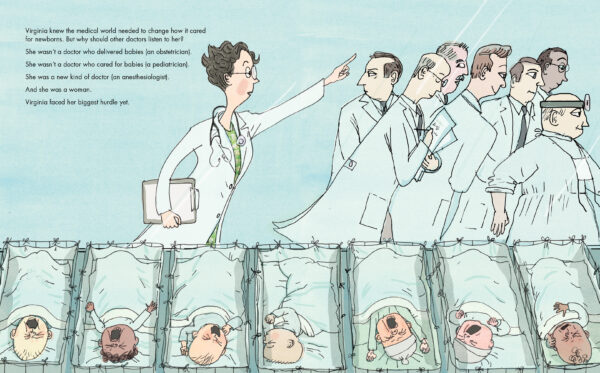
 I’m thrilled to share that today is the launch day for
I’m thrilled to share that today is the launch day for  Unless we are involved in creating a book, we’ll never know all the twists and turns the book took to live on a shelf. I thought it might be interesting to share the journey story of REAL PRINCESSES CHANGE THE WORLD. Following is
Unless we are involved in creating a book, we’ll never know all the twists and turns the book took to live on a shelf. I thought it might be interesting to share the journey story of REAL PRINCESSES CHANGE THE WORLD. Following is 

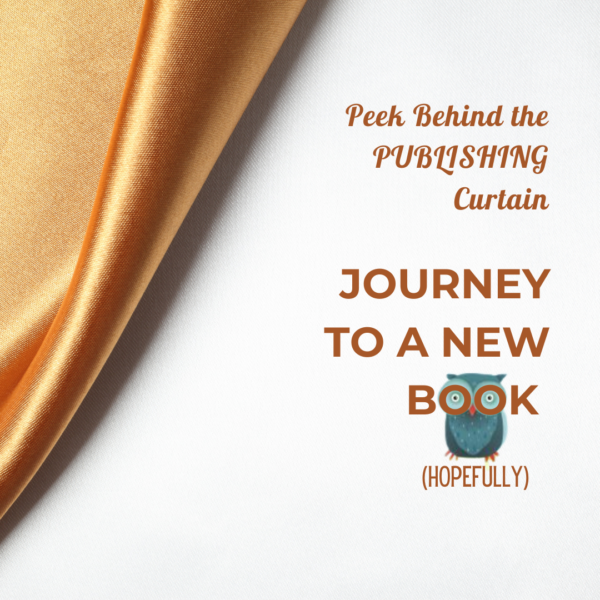 Much of children’s publishing feels like a big ol’ mystery especially when we are getting started in the industry. I thought it might be helpful to share the process of a new children’s book from my original lightbulb moment to the eventual book on a shelf.
Much of children’s publishing feels like a big ol’ mystery especially when we are getting started in the industry. I thought it might be helpful to share the process of a new children’s book from my original lightbulb moment to the eventual book on a shelf.








